Integrating Technology Meaningfully with Mission Minded Learning
Teacher Reboot Camp
FEBRUARY 28, 2018
For many of our students, technology is just another aspect of their lives. They grew up with the Internet, social media, and mobile devices. On Thursday, March 1st, I will be the host for #WocoTeach and chat more about mission minded learning and integrating technology in meaningful ways. Challenge: Join the chat.



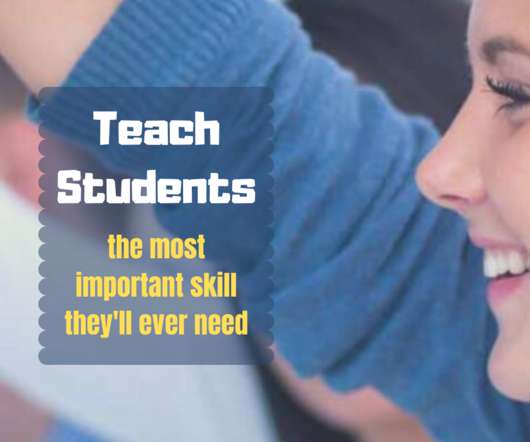

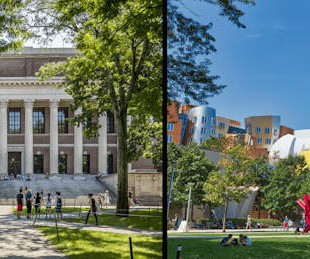


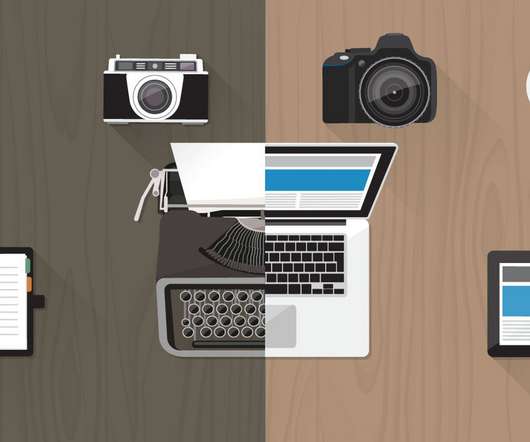






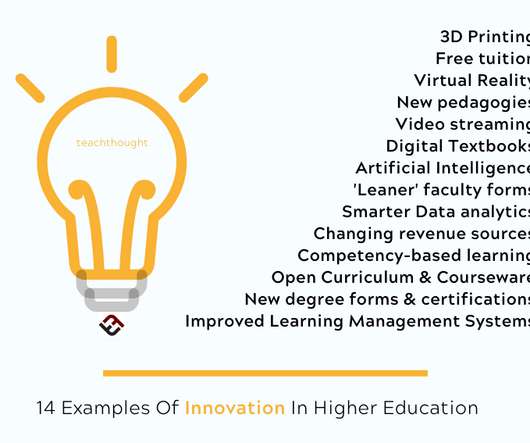
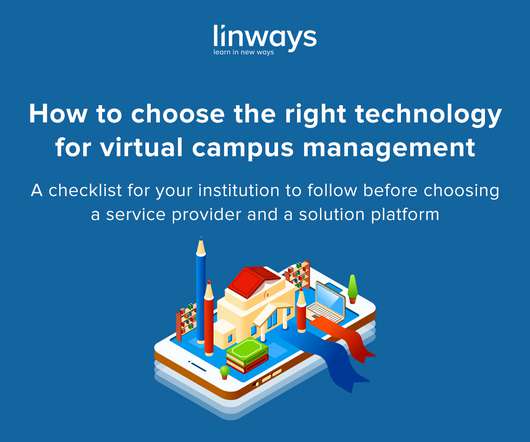









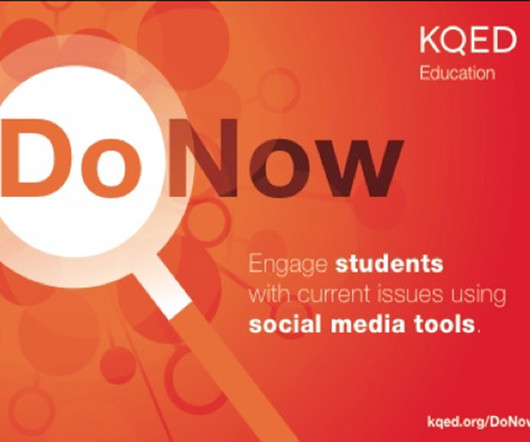





















Let's personalize your content